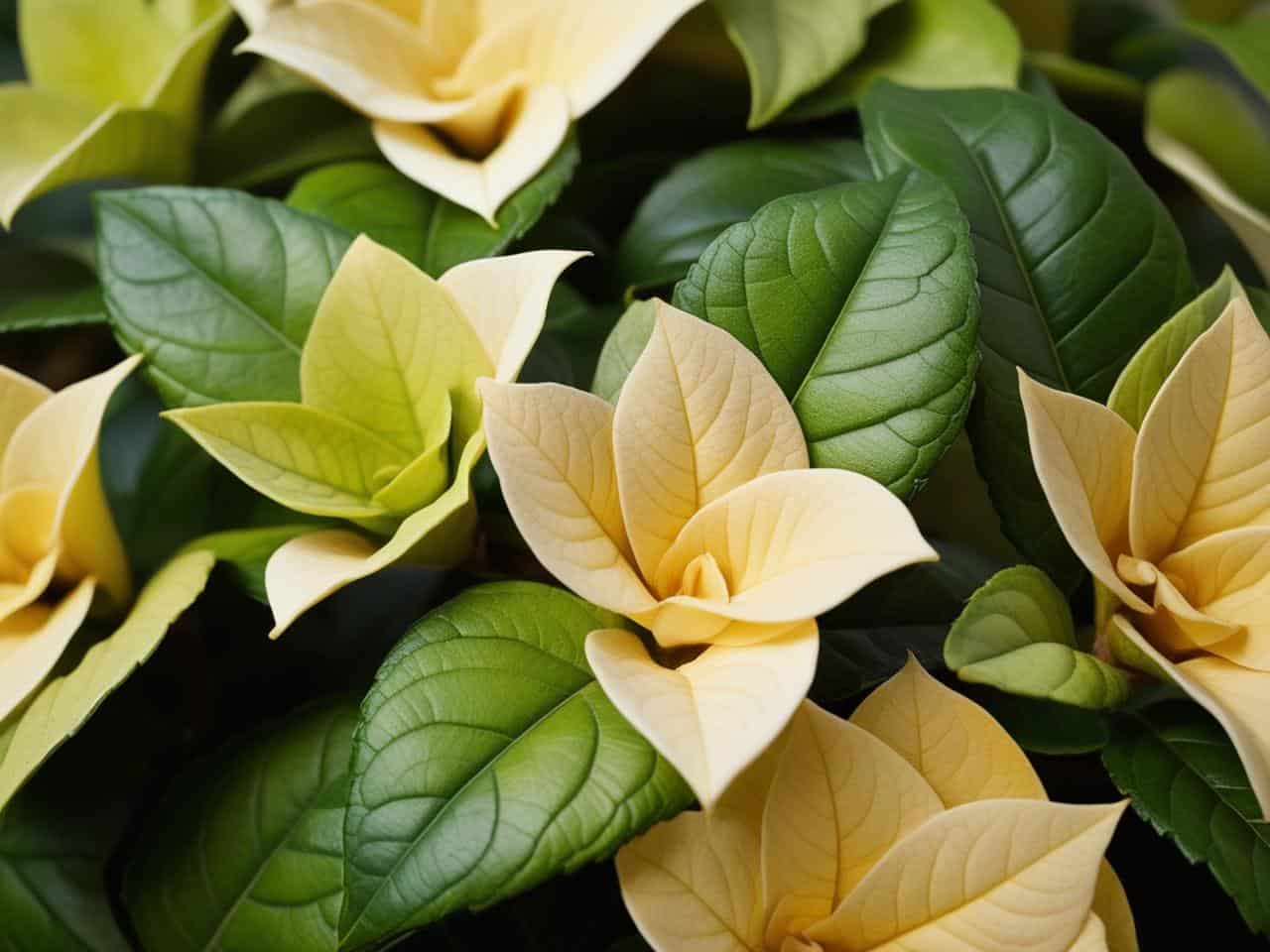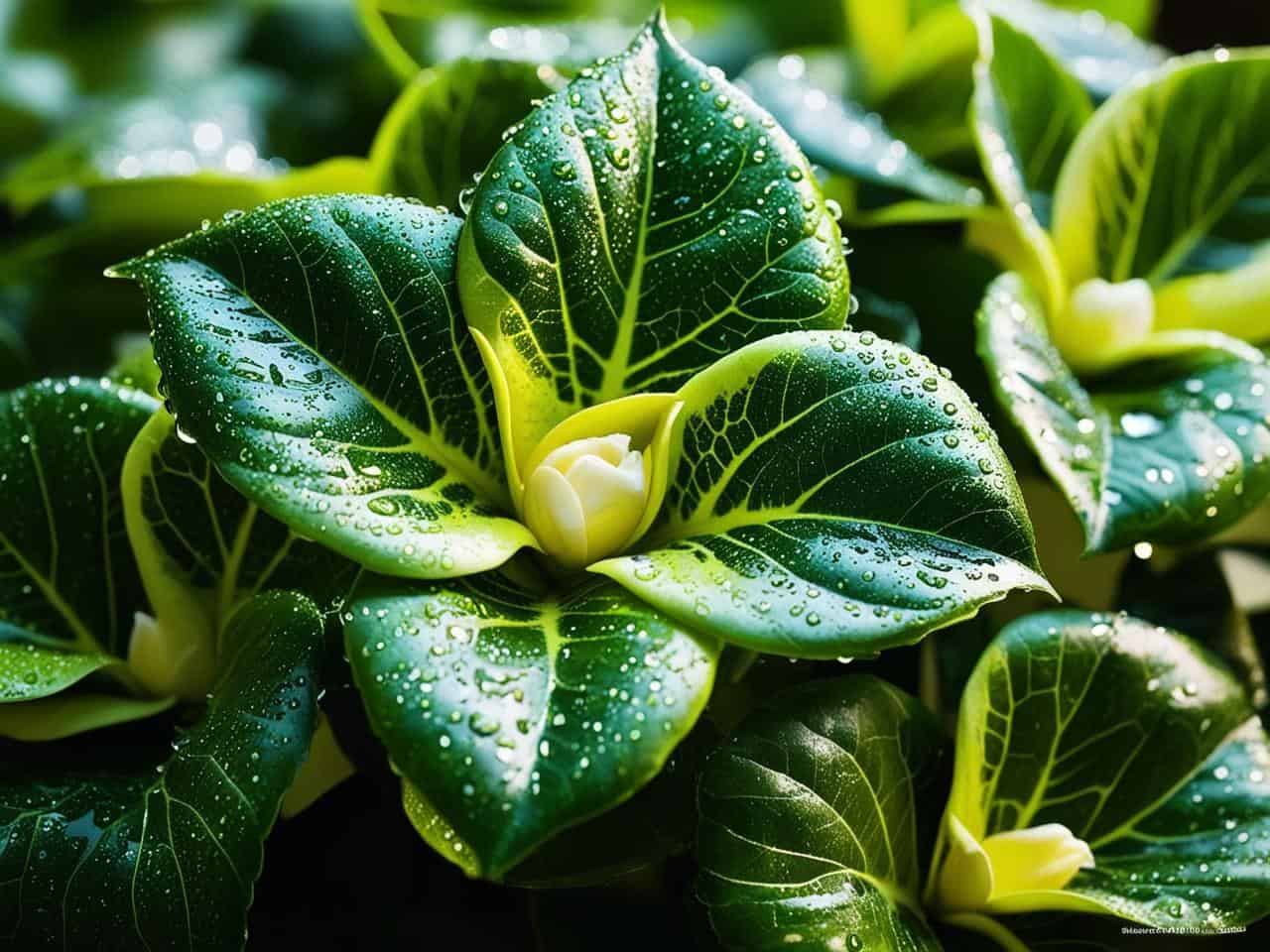Yellow leaves on a gardenia plant can indicate a variety of problems, the most prevalent of which is chlorosis, a condition in which the plant lacks sufficient chlorophyll. Continue reading to find out why gardenia leaves become yellow and how to remedy it.
Gardenias are stunning plants known for their sweet scent and white blossoms. They also have lustrous, emerald green foliage and may be grown both outside and indoors. Despite this, gardenias require some maintenance to keep them looking well.
Why Do Gardenia Leaves Turn Yellow?

Apart from chlorosis, there are other reasons why gardenia's leaves are turning yellow, including;
1. Poor Drainage
Although your gardenia plant is receiving adequate water, the soil may be preventing water from draining properly. This could lead to a variety of plant illnesses, including root rot, which is one of the most prevalent causes of yellowing leaves.
Poor soil drainage can also cause additional issues, such as the growth of fungus gnats, which can be a nuisance to plants.
2. Underwatering and Overwatering
These are the most prevalent issues with leaves. For example, overwatering the plant may result in poor soil drainage, preventing the roots from absorbing the nutrients required for the plant to flourish.
Gardenia plants typically require about one inch of water per week. However, to ensure that you're always feeding the soil the proper amount of water, you might consider purchasing a soil moisture meter.
3. Lack of the Required Nutrients
A plant may be unable to take nutrients owing to a variety of factors, including an incorrect pH. As a result, shortages in any of the essential nutrients may cause yellow leaves.
Zinc, nitrogen, magnesium, and iron are among the most vital nutrients. For example, yellow leaves with a green branch may indicate iron deficit, whereas yellow leaves with green tips may indicate magnesium shortage.
4. Lack of Enough Sunlight
Gardenia plants require adequate sunlight to thrive and keep healthy over time. Brown or yellow leaves may appear if the plant receives either insufficient or excessive sunshine. The best option is to arrange the gardenia plant where it can get lots of sun in the morning and partial shade in the afternoon.
5. Improper pH
A gardenia is an acid-loving plant that requires acidic soil to absorb nutrients well. Gardenias thrive in soil pH levels ranging from 5.0 to 6.5; if the pH is higher or lower, they may be unable to absorb the necessary magnesium, zinc, iron, nitrogen, and other nutrients. This will result in the yellowing of the leaves.
6. Insects
When insects attempt to suck plant sap, they release toxins into the plant cells. As a result, the leaves will have tiny black dots and progressively become yellow. Mealybugs are among the most common insects that attack gardenia leaves, alongside ants, mites, aphids, caterpillars, and so on.
Yellowing leaves may emerge where insects are moving, which is why you should constantly inspect the lower surface of the leaves, since most insects prefer to hang out there.
7. Diseases
A number of disorders can cause gardenia leaves to become yellow. Leaf spots and sooty mold are the most frequent fungal diseases that cause dark green leaves to become yellow, brown, or black.
How Do You Fix Gardenia Leaves Turning Yellow?

1. Check the pH
Always use a meter to check the soil pH, and if it is within the correct range, the gardenia plant's yellow leaves are unlikely to be the cause. However, if the pH exceeds 6.5, you should consider adding acidifiers to lower it.
You can also make a homemade solution to acidify the soil;
- You can mix five tablespoons of vinegar into one liter of water and then pour the solution around the base of the plant.
- Sprinkle one cup of coffee grounds around the plant, mix it with the soil, and water the plant.
2. Boost the Nutrients
Applying a decent gardenia fertilizer, including magnesium, iron, nitrogen, and other nutrients, is one of the simplest ways to increase soil nutrients. Here are some alternative strategies to raise particular nutrients.
- If the soil has a magnesium deficiency, you can mix one tablespoon of Epsom salt with a gallon of water and add it to the base of the plant.
- For iron deficiency, apply a quarter teaspoon of iron sulfate or iron chelate to your gardenia plant.
- For nitrogen deficiency, you can use one cup of coffee grounds.
3. Improve the Drainage
If the pot lacks drainage, make a drainage hole and repot it in good potting soil with excellent drainage. Ideally, add some vermiculite, perlite, or sand to help drain the soil and keep the gardenia's leaves dark green.
4. Proper Watering
Gardenia plants require varying amounts of water depending on the weather and the soil's ability to hold moisture. However, the average gardenia plant requires one inch of water per week. Ensure that the soil is wet but not saturated. Good soil conditions and potting mix might assist the plant in resisting overwatering and keeping its leaves green.
5. Sunlight
Gardenia needs a minimum of six hours of sunlight. Therefore, ensure there is nothing hindering the plant from getting the required amount of sunlight. For example, do not park the car in front of the plant for a long period.
6. Control the Diseases and Insects
To treat fungal illnesses, use fungicides or prune the plants to improve air and light circulation and limit fungus development. Here are two ways to create a fungicide at home.
- Mix one cup to one quart of water, then spray the solution on the foliage until the leaves are wet.
- Mix ammonia and water in a 50:50 ratio, then spray the solution on the foliage.
When it comes to insects, you can always use an insecticide.
Frequently Asked Questions (FAQs) on Gardenias
1. How Can I Prevent Gardenia Yellow Leaves?
With proper care, one can prevent gardenia's yellow leaves in your garden. Here are some tips:
- Ensure the soil remains acidic
- Add a nutrient-rich fertilizer
- Use insecticides
- Less water more frequently
- Grow gardenias in a well-drained pot
2. Should I remove yellow leaves from Gardenia?
It is recommended not to remove the yellow leaves from gardenias because cutting them might also lead to the cutting off of flower buds. Instead, you can use the tips above to make sure the gardenias do not turn yellow.














